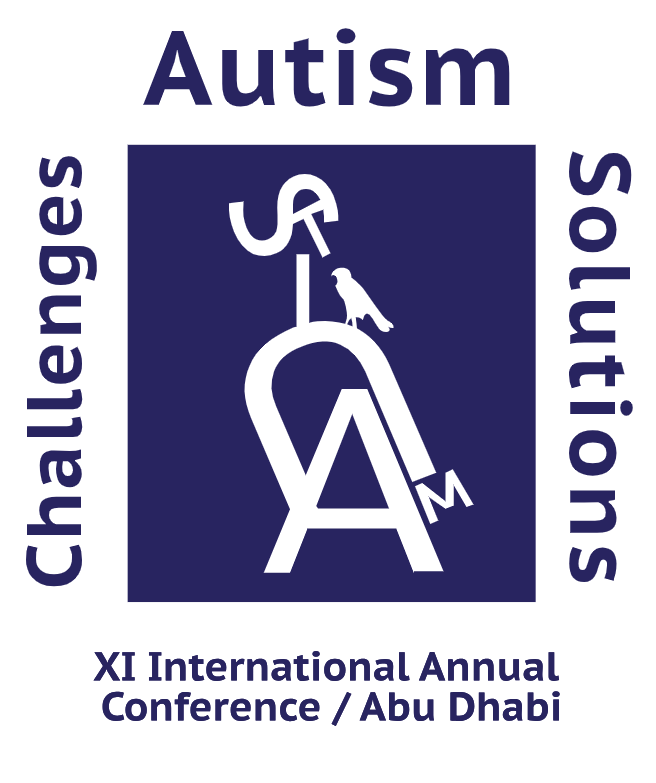منشور 2023-12-13
الكلمات المفتاحية
- Autism,
- Disorder,
- Early Intervention,
- Genetic Factors,
- Conditions
- Adaptive Skills ...أكثر
كيفية الاقتباس
الملخص
Schools traditionally focus on academic instruction. However, learning how to learn, behavioural and emotional management, social and communication and independent skills are just as crucial for school success. School is challenging for many children with autism spectrum disorder (ASD) because schools seldom teach these skills explicitly. While most typically developing children acquire them incidentally, many students with ASD only learn them through systematic teaching. Therefore, teaching them these skills is a vital part of supporting them at school.
Autism Partnership Method (AP Method) is a very effective strategy for teaching students with ASD. Fun and natural teaching, an all-inclusive curriculum, clinical judgment, and highly individualized programming are the key components of the AP Method. They are also the elements that every effective teaching should have. In this talk, Dr. Yvonne Cheung will share how to use the AP Method to teach students with ASD essential skills for learning and participating effectively at schools through the case studies of two primary students of diverse backgrounds and functioning levels. Jase studied in a regular international school before.
He transferred to an autism-specialised school because his previous school could not address his behavioural and emotional needs. Aaron studied in an autism-specialised school since Grade 1. He lacked the skills to learn and interact with his peers effectively at the beginning.
• Make the lessons fun, natural and child-friendly to motivate students to enjoy learning and facilitate their
generalization of skills.
• Tailor the curriculum and teaching to each student as they are unique in what they need to learn and how
they learn. They learn the best when the target skills and teaching strategies are designed with
consideration of their strengths, weaknesses, preferences, and interest.
• Adjust the lesson and teaching flexibly based on clinical judgment and in-the-moment analysis to
accelerate students’ progress.
• Develop an all-inclusive curriculum that does not focus only on academics but all skill areas that are
essential for school success and a quality life.

